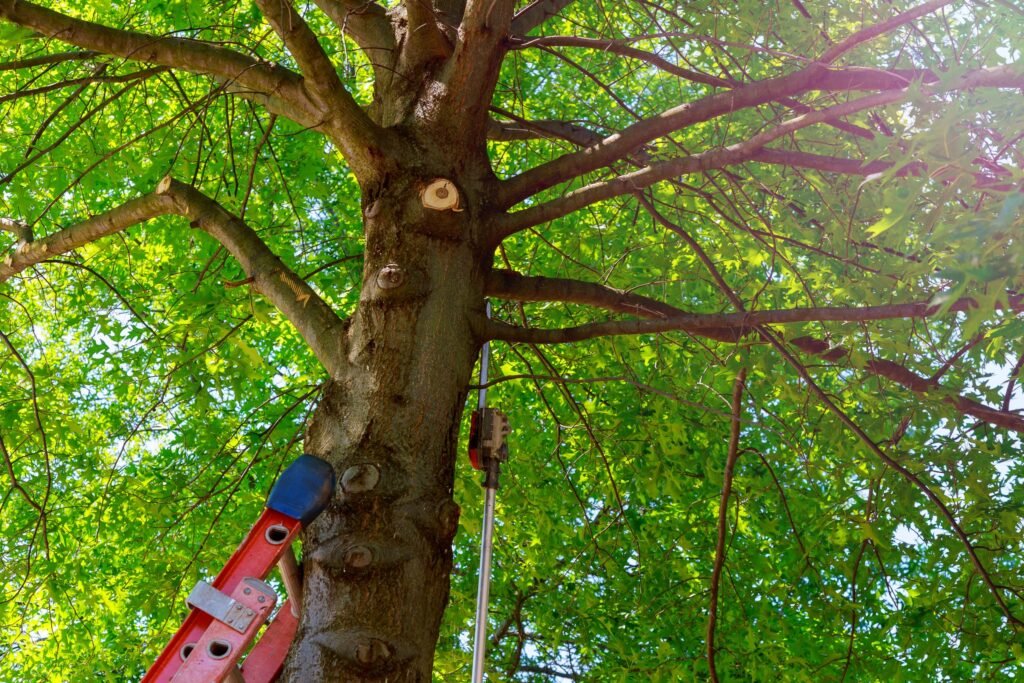Permits & Local Tree Ordinances Explained: What Homeowners Must Know Before Cutting

Are you allowed to cut that tree legally today? Urban greenery is a shared asset. It is not just a backyard element. Whether you have a massive oak tree shading your driveway or leaning maple trees, the desire to remove or trim a tree often comes with more than just a chainsaw. Before you take any action, you must understand. This guide is all about that. We will help you understand some local tree cutting regulations and municipal ordinances to remove your trees safely and prevent legal trouble. Else even one wrong move will cost you thousands.
Understanding Tree Protection Laws
Many cities, especially urban hubs like New York, have tree preservation ordinances. These laws help to:- Maintain urban canopy cover
- Protect native and heritage tree species
- Promote environmental sustainability
- Prevent haphazard or dangerous removal practices
What Qualifies as a “Protected Tree”?
Before applying for any removal permit, determine if your tree is considered “protected”. You can check this under your local code. In most of the areas, the following trees may fall under protection:- Street trees
- Landmark or heritage trees
- Trees over a particular DBH (Diameter at Breast Height)
- Trees in conservation zones
- Trees part of a reforestation or zoning plan
Do You Need a Tree Removal Permit?
You need a tree removal permit if your tree falls into a protected class. Regular requirements include:- An arborist’s report confirms the tree’s health.
- You need proof that the tree has a disease, will die, or has a weak structure.
- You must explain the safety risks or property damage.
- You must submit plans to replace the tree canopy.
- You can get fined ranging from $500 to $10,000+ ( depends on the area)
- Mandated replanting or paying into a city tree fund
- Stop-work orders on construction or landscaping projects
- Legal liability if the removal damages neighboring property or city infrastructure
Tree Ordinances by Location
Every area has its own set of tree laws. For example:- In New York City, only a licensed contractor can trim or remove street trees.
- In Los Angeles, the Protected Tree Ordinance prohibits cutting native species. For example, coast live oaks or sycamores without a permit.
- In Atlanta, trees on private property over a certain size need a pre-removal inspection before they get removed. Approval from the City Arborist Division is also required.
Emergency Situations: Cut Without Approval?
What if a storm just knocked a tree onto your power line or car? Allowed to act immediately? In most areas, emergency tree removal is allowed without a prior permit if the tree:- Is actively endangering life or property
- Has already fallen due to natural causes
- Blocks emergency access or the public right of way
Hiring a Licensed Tree Contractor
Even if your tree doesn’t require a permit, your contractor might. Cities often require tree cutting to be performed by licensed and insured professionals. Because improper removal can cause:- Injury to workers or bystanders
- Damage to structures
- Soil erosion or stormwater runoff issues
- Spread of tree disease to other healthy trees
- Understand local tree code
- Help with permit applications and city communication
- Offer a written estimate and scope of work
- Use proper tree-cutting equipment and safety procedures
- Street trees maintained by the city
- Trees in front yards facing public sidewalks
- Shared property lines, where neighbor permission may be required
Trees and Neighbor Disputes: Who Has the Right?
Trees growing along fences or near property lines often become a source of tension.- You can generally trim branches that overhang your property but not your neighbor’s side without consent.
- Tree fell and caused damage? Liability depends on whether it was a healthy or neglected tree.
- Disputes can escalate. Always communicate early and mediate. You can also hire an ISA-certified arborist to settle arguments with a professional opinion on the tree’s health and its needs.
Replanting Requirements: It’s Not Just About Cutting
Many municipalities require you to replant a tree if you remove one. Replacement rules vary but may include:- Plant like-for-like species
- Plant multiple smaller trees to replace one large one
- Contribute to a reforestation or green space fund
- Install a tree within a certain time frame (usually 30–90 days)
Prepare for Permit Approval
Before applying for a removal or trimming permit, gather:- Property survey showing tree location
- Photos and measurements of the tree
- Written report from a certified arborist
- Justification letter explaining safety risks or structural concerns
- Replanting plan, if required by code
When in Doubt, Consult an Expert
If you are not sure, get professional help. An expert can:- Navigate permit paperwork
- Evaluate tree health and safety
- Guide you on code-compliant trimming or removal
- Prevent costly legal mistakes




